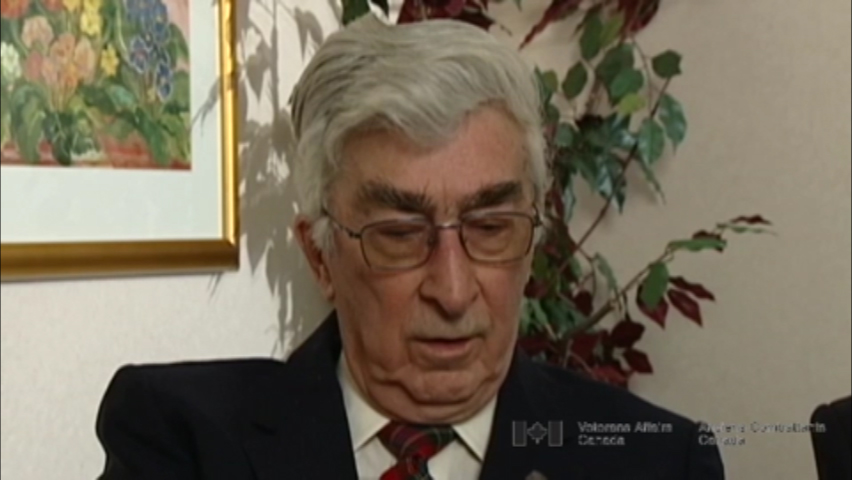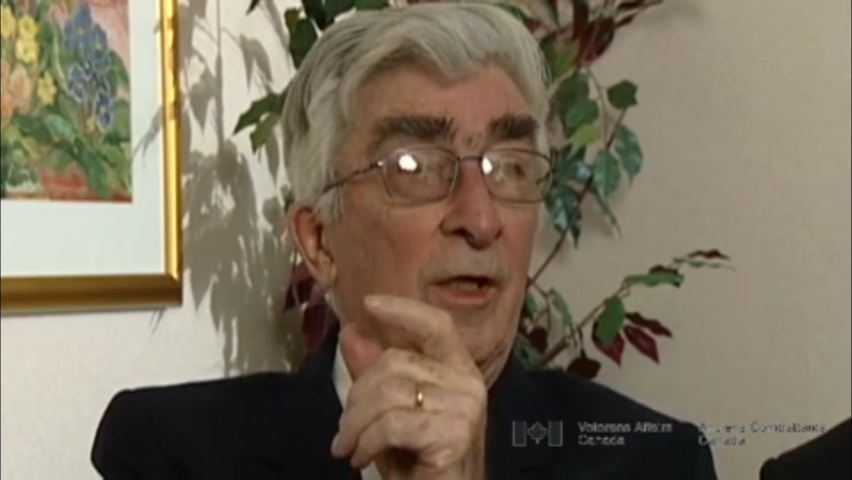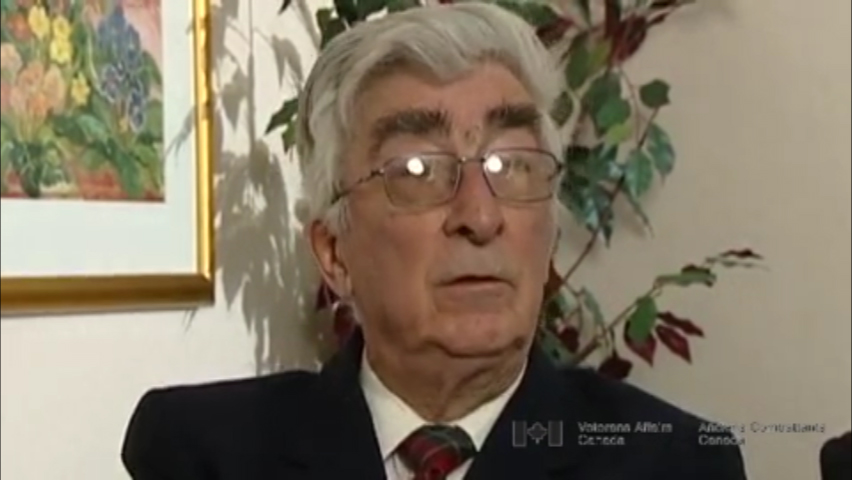Discovery Of Magnetron
Heroes Remember
Discovery Of Magnetron
Transcript
Description
Mr. Campbell describes his responsibilities as a radar mechanic with the Bomber Command and the equipment used during his service.
Phil Campbell
Mr. Campbell was born on August 1, 1922 and raised on a farm in Lloydminster, Saskatchewan. At age 18, he entered aircrew training school and later became qualified as a radar mechanic with the air force. He joined the Bomber Command and travelled to England, spending most of his service time in North Yorkshire. In September 1945, Mr. Campbell returned to Canada and was released from service. He enrolled at the University of Alberta and obtained a degree in agriculture. In May 1949, Mr. Campbell held the position of Research Scientist in the agricultural laboratory of the University of Alberta. During his career, his involvement in various aspects of international trade negotiations took him to many parts of the world. Mr. Campbell retired in 1989 and immersed himself in volunteer work. He dedicated much of his time to writing a book in support of radar technology and the important role it played in the war effort.
Meta Data
- Medium:
- Video
- Owner:
- Veterans Affairs Canada
- Duration:
- 2:32
- Person Interviewed:
- Phil Campbell
- War, Conflict or Mission:
- Second World War
- Location/Theatre:
- England
- Branch:
- Air Force
- Units/Ship:
- 420 Squadron
- Rank:
- Corporal
- Occupation:
- Radar Mechanic
Related Videos
- Date modified:





